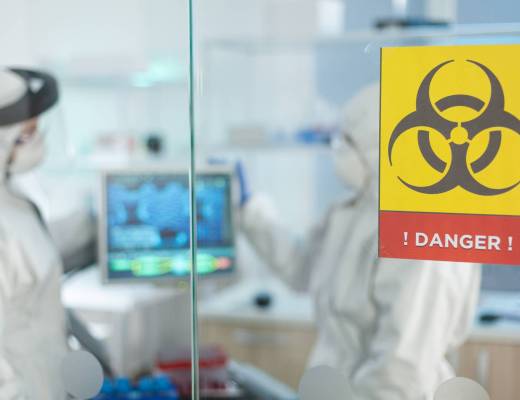What Makes Them Different?
Work from home feels comfortable at first. However, the problem is that you often become too relaxed, almost forgetting the tasks that need to be completed. Working remotely will give you the option to explore different places. Both distance us from the traditional office, but in remote work, we replace it with alternative spaces that fuel inspiration and prevent isolation that can arise without routine.4 Common Models of Remote Work
Knowing the different flavors of remote work can help a company shape an effective policy:- Fully Remote (Location Agnostic): Employees can be anywhere in the world (time zones, legal issues, and internet access must be observed). They could be anywhere at any time-it’s just that the office is one possible location.
- Hybrid Remote: Employees split their time between a home base and other locations (home, co-working). This can be either fixed–such as 3 days office, 2 days remote, or flexible and team-based.
- Remote-First: The company is built around working remotely as its core. High-priced buildings intended for workers and visitors to visit in person only may exist, but they are not the mission headquarters. Communication and processes are based on asynchronous work
- Digital Nomadism: Employees work while frequently traveling, often long distances. This demands high command of technology and clear policies.
See also co-elevate’s Proprietary Agile Delivery System Reflects People-centric Engineering Approach







